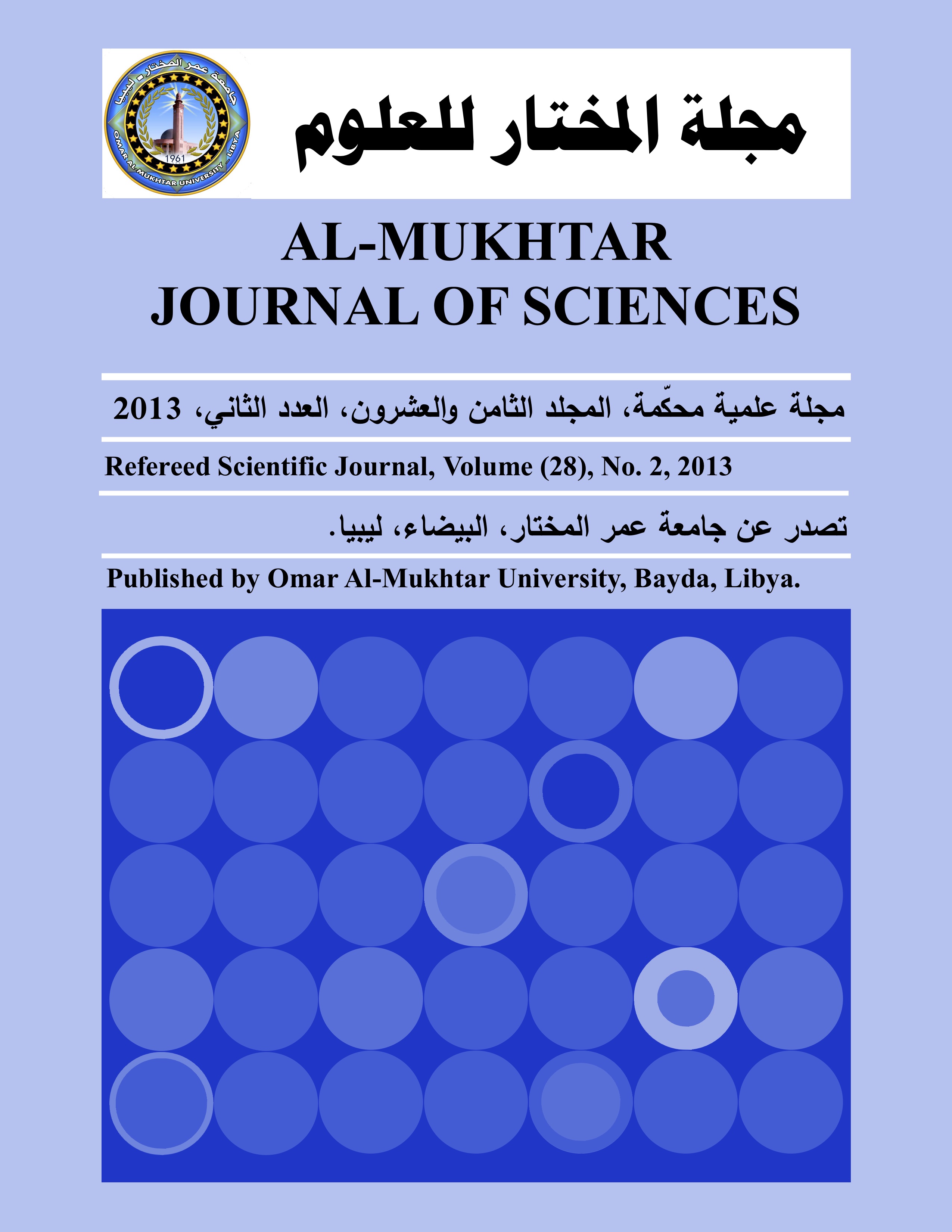Measurement of 3D Displacement Fields and Deformation Using 3D Laser Scanner and CCD Camera (0-10 mm)
DOI:
https://doi.org/10.54172/mjsc.v28i2.157Keywords:
camera calibration, measuring 3-D displacement fields, 3D laser sensor calibration, non- contacting 3-D metrologyAbstract
Many applications dealing with the mechanical behavior of materials require the measurement of displacement fields or deformation fields. For this type of measurement, optical methods have become unavoidable due to their non-intrusive approach, their high spatial resolution, their high sensitivity, the large size of their examinated field, and the increasing power of the computers that now allow the processing of huge quantities of data. In this context we have developed a system for measuring 3-D displacement fields using CCD (camera charge digital) and 3D laser scanner .This method allows the measure of the 3-D displacement field using at least two pairs of stereoscopic images of an object corresponding to two states of its deformation (or the processing of a sequence of pairs of images acquired during the deformation). The main topics developed in this study are: the calibration of a camera and a 3D laser scanner, and measuring 3D displacement fields from coupling of camera and 3D laser sensor. The potential application of our method is the characterization of structures, for example, to provide assistance in the development of tools for stamping.
Downloads
References
Cloud, G., (1998) Optical methods of engineering analysis, Cambridge University Press.
Faugeras, O.D. and Toscani, G. (1986) "The calibration problem for stereo". In Proc. Computer Vision and Pattern Recognition, Miami Beach, Florida, USA, 15-20.
Faugeras, O. D., Toscani, G.,(1987) Camera calibration for 3-D computer vision, Proceedings of IEEE International Workshop on Machine Vision years, Machine Intelligence, Tokyo, Japan.
Frey, P.J. and George, P.L. (1999) Meshes: application to finite elements, Hermes Science Publication.
Garcia, D. (2001) Measuring shape and displacement fields dimensional stereo-image correlation, Ph.D. Thesis, Institut National Polytechnique de Toulouse, France.
Garcia, D., Orteu, J.J. and Devy, M. (2000) Accurate Calibration of a Stereovision Sensor: Comparison of Different Approaches, 5th Visoin Workshop on Modeling, and Visualizaiton, Saarbrücken, Germany.
Garcia, D., Orteu, J.J. and Devy, M. (2001) Precise calibration of a CCD camera or a stereo-scopic vision sensor, LAAS Report No. 01332 Photpmécanique Symposium, Poitiers, France.
Horaud, R. and Monga, O., (1995) Computer Vision: basic tools, 2nd edition.
Kinsey, L.C. (1993) Topology of Surfaces, Springer-Verlag.
Sutton, M.A., Wolters, W.J., Peters, W.H., Ranson, W.F. and McNeill, S.R. (1983) Determination of displacements using digital correlation An improved method. Image and Vision Computing, 1, (3), 133-139.
Sutton, M.A. (1988) The effects of subpixel picture restoration on digital correlation error estimates, 27, (3), 173-175.
Sutton, M.A., Cheng, M., Peters, W.H. Chao, Y.J. and McNeill, S.R., (1986) Application of optimized digital correlation method year to planar deformation analysis. Image and Vision Computing, 4, (3), 143-150.
Downloads
Published
How to Cite
License

This work is licensed under a Creative Commons Attribution-NonCommercial 4.0 International License.
Copyright of the articles Published by Almukhtar Journal of Science (MJSc) is retained by the author(s), who grant MJSc a license to publish the article. Authors also grant any third party the right to use the article freely as long as its integrity is maintained and its original authors and cite MJSc as original publisher. Also they accept the article remains published by MJSc website (except in occasion of a retraction of the article).










